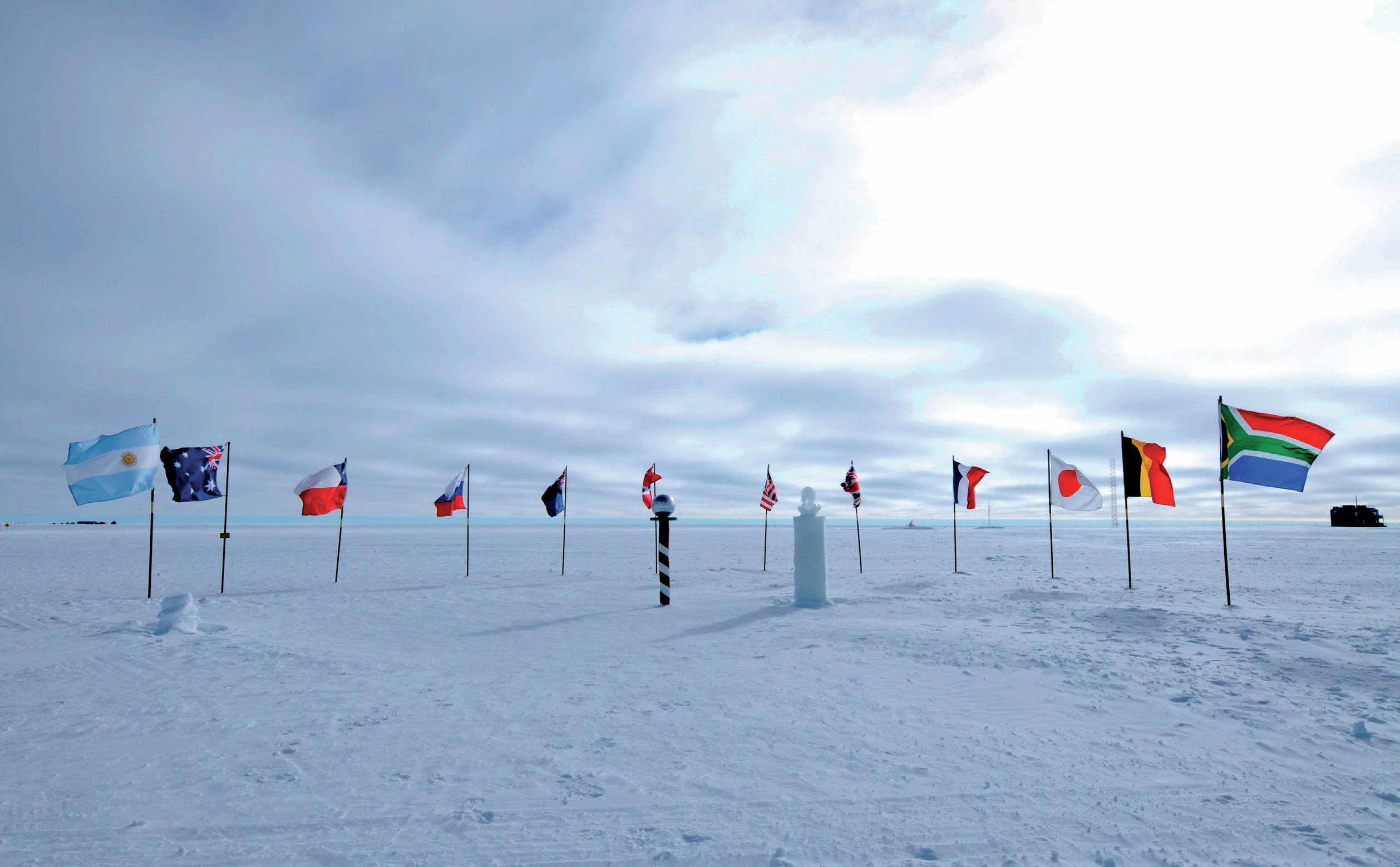
The global commons are defined as areas beyond national jurisdiction. They tend to be geographical spaces that extend to the bottom of the world’s oceans or the very edge of the Earth’s atmosphere and beyond. The moon and the wider solar system are part of the global commons. Due to their size, remoteness, and changeable qualities in the case of the Earth’s atmosphere, they have been formally incorporated into our political system through treaty-based governance. We have, for example, the Moon Treaty dating from 1979, which specifies that the moon does not belong to any particular nation state.
The global commons are thus common spaces and their management offers important insights into how our political world works through norms (e.g. what general conduct we expect, including cooperation and sharing of knowledge) and rules (e.g. what we expect to be followed, with the possibility of sanction if violations occur).
Your organisation does not have access to this article.
Sign up today to give your students the edge they need to achieve their best grades with subject expertise
Subscribe




